Disclosure: This article contains affiliate links. We may earn a commission from purchases at no extra cost to you, which helps our travel content.
When I tell people I spent a week exploring Latvia's food scene with my two closest friends from law school, I'm typically met with curious looks. 'Latvia? For food?' The skepticism is understandable—this Baltic gem remains largely overlooked on the culinary tourism map. But as someone who's spent years using travel as an educational tool, I've learned that the most profound cultural insights often come through a region's food traditions. Latvia—with its fascinating blend of Baltic, Nordic, Russian, and German influences—offers exactly this kind of immersive education. Our journey from the medieval charm of Cesis to the vibrant capital of Riga revealed a cuisine deeply connected to Latvia's forests, coastline, and agricultural heritage. What we discovered was nothing short of revelatory: a food culture that celebrates seasonality, preservation techniques, and foraged ingredients in ways that feel both ancient and surprisingly modern.
Medieval Flavors in Cesis: Where History Meets the Plate
Our culinary adventure began in Cesis, a picturesque medieval town that served as our gateway to understanding Latvia's historical food traditions. The 13th-century castle ruins provided more than just a stunning backdrop—they offered context for the region's culinary evolution through centuries of changing rule.
Our first evening meal at Jāņoga near the castle grounds introduced us to what would become a recurring theme: Latvia's reverence for rye bread. This isn't your typical supermarket loaf. Dark, dense, and slightly sweet, traditional Latvian rupjmaize is practically sacred. Our server explained that historically, when a piece fell to the floor, Latvians would kiss it as an apology. The bread arrived alongside caraway butter and smoked sprats—tiny Baltic fish that pack an umami punch that's distinctive to the region.
The following morning, we visited Cesis Market, where locals have traded goods since medieval times. Here, amber jars of forest honey lined wooden stalls next to wild mushrooms collected just hours earlier. An elderly woman selling fermented vegetables explained in halting English that during Soviet occupation, preservation techniques weren't just tradition—they were survival. These stories of resilience through food deeply resonated with me, reminding me of similar narratives I've encountered in my work as a public defender.
For those seeking to understand Latvian cuisine beyond restaurants, I highly recommend booking the forest foraging tour with local guide Māris. His knowledge of edible plants, mushrooms, and berries transformed how we understood the connection between Latvia's abundant forests and its cuisine. By midday, our baskets overflowed with chanterelles and wild strawberries that would later become part of our dinner.
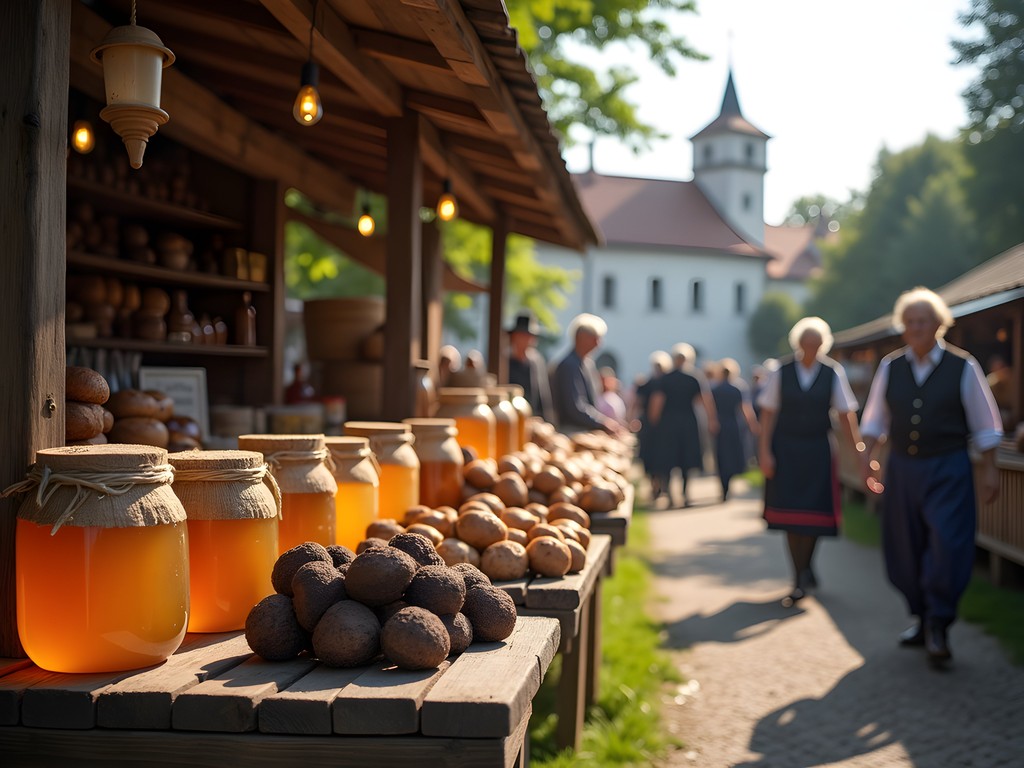
💡 Pro Tips
- Visit Cesis Market early on Saturday mornings when local farmers bring their freshest produce
- Ask for rupjmaize (rye bread) with caraway seeds for the most traditional experience
- Many small producers don't speak English, so learning a few basic Latvian food terms goes a long way
The Art of Fermentation: Latvia's Preservation Traditions
If there's one culinary technique that defines Latvian food culture, it's fermentation. Born from necessity in a climate with harsh winters, these preservation methods have evolved into distinctive flavors that tell the story of Latvia's resourcefulness.
In a small farmhouse outside Cesis, we participated in a workshop led by Zane, a third-generation fermenter whose family maintained these traditions even when Soviet collectivization threatened local food practices. Under her guidance, we prepared sauerkraut with caraway seeds, pickled garlic scapes, and kvass—a lightly fermented beverage made from rye bread that's simultaneously tangy, sweet, and slightly effervescent.
"During Soviet times, these techniques weren't just about taste—they were about survival through winter," Zane explained while demonstrating how to properly pack cabbage into traditional ceramic crocks. "Now we understand they're also incredibly healthy."
What struck me most was how these ancient preservation techniques align perfectly with modern interest in gut health and probiotic foods. Latvia has been practicing what Western food trends now celebrate for centuries.
The workshop culminated in a tasting that featured fermented foods alongside smoked meats and cheeses from neighboring farms. The standout was sklandrausis—a traditional Latvian dessert consisting of a rye flour crust with potato and carrot filling that exemplifies how Latvians transformed humble ingredients into something special.
For travelers wanting to bring these techniques home, I recommend picking up a fermentation crock. I purchased mine after returning home and have been experimenting with Latvian-inspired ferments ever since—a delicious way to extend the travel experience and share it with my children.
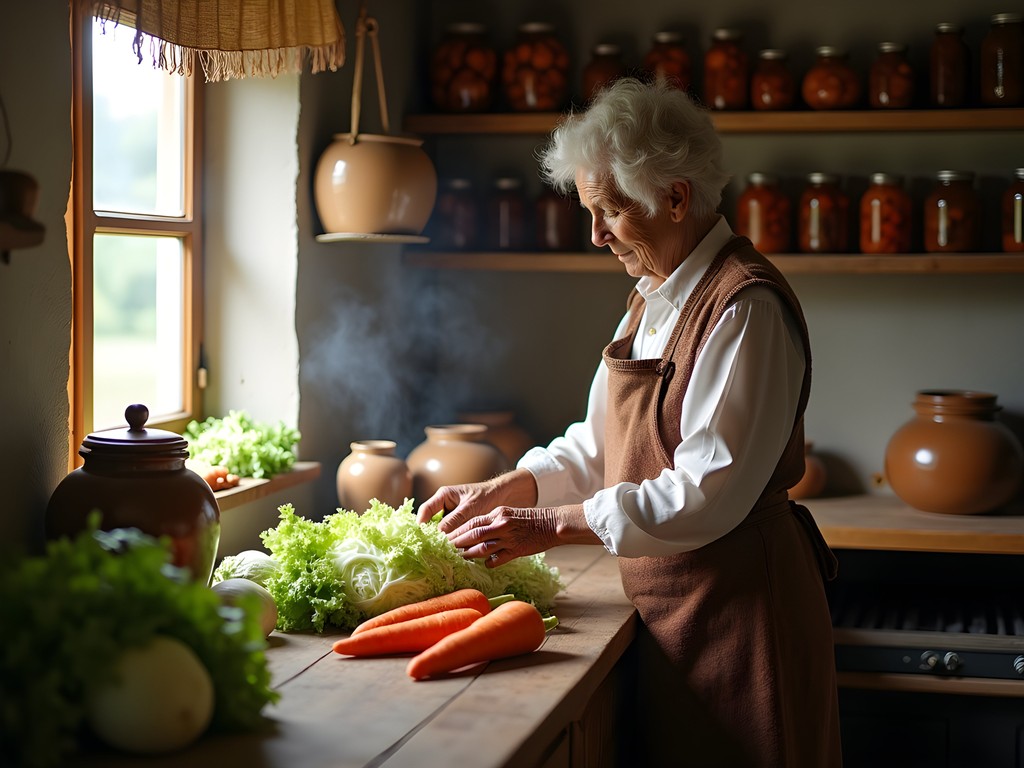
💡 Pro Tips
- Look for 'mājas' (homemade) labels at markets for authentic fermented products
- True Latvian kvass contains minimal sugar compared to commercial versions
- Many guesthouses offer fermentation workshops if you ask—even if they're not advertised
Riga's Central Market: A Culinary Cathedral
Transitioning from rural Cesis to Latvia's capital brought us to one of Europe's most impressive food destinations: Riga Central Market. Housed in repurposed German Zeppelin hangars from World War I, this UNESCO World Heritage site isn't just a market—it's a living museum of Baltic food culture.
Spanning five massive pavilions and numerous outdoor areas, the market's scale is initially overwhelming. Each hangar specializes in different products: meat, fish, dairy, vegetables, and a fifth for miscellaneous goods. We arrived early, equipped with my crossbody travel bag (perfect for keeping valuables secure while leaving hands free for sampling) and an appetite for discovery.
The fish pavilion provided my first lesson in Baltic seafood diversity. Beyond the expected smoked fish were specialties I'd never encountered: lamprey in aspic, fish soup prepared in massive cauldrons, and roe spreads in every imaginable color. An elderly vendor noticed my curiosity and offered samples, explaining in broken English how each preparation method dated back generations.
In the dairy section, we discovered Latvia's answer to cheese: ķimeņu siers (caraway cheese) and biezpiens (farmer's cheese) that bears little resemblance to Western varieties. The former—a semi-hard cheese infused with caraway seeds—became our daily breakfast staple, paired with local honey and dark bread.
What impressed me most was the market's dual nature: it functions both as a tourist attraction and an authentic shopping destination for locals. Unlike markets that have surrendered to tourism, Riga's Central Market maintains its practical role in residents' daily lives. Watching a grandmother haggle over the price of seasonal berries while teaching her grandchild about quality selection offered a glimpse into how food knowledge transfers between generations here.
For the full experience, I recommend visiting the small restaurants within the market that prepare dishes using ingredients from neighboring stalls. At Siļķītes un Dillītes ("Herring and Dill"), we enjoyed open-faced sandwiches topped with local specialties while observing the market's rhythmic bustle—a perfect intersection of culinary tourism and authentic local life.
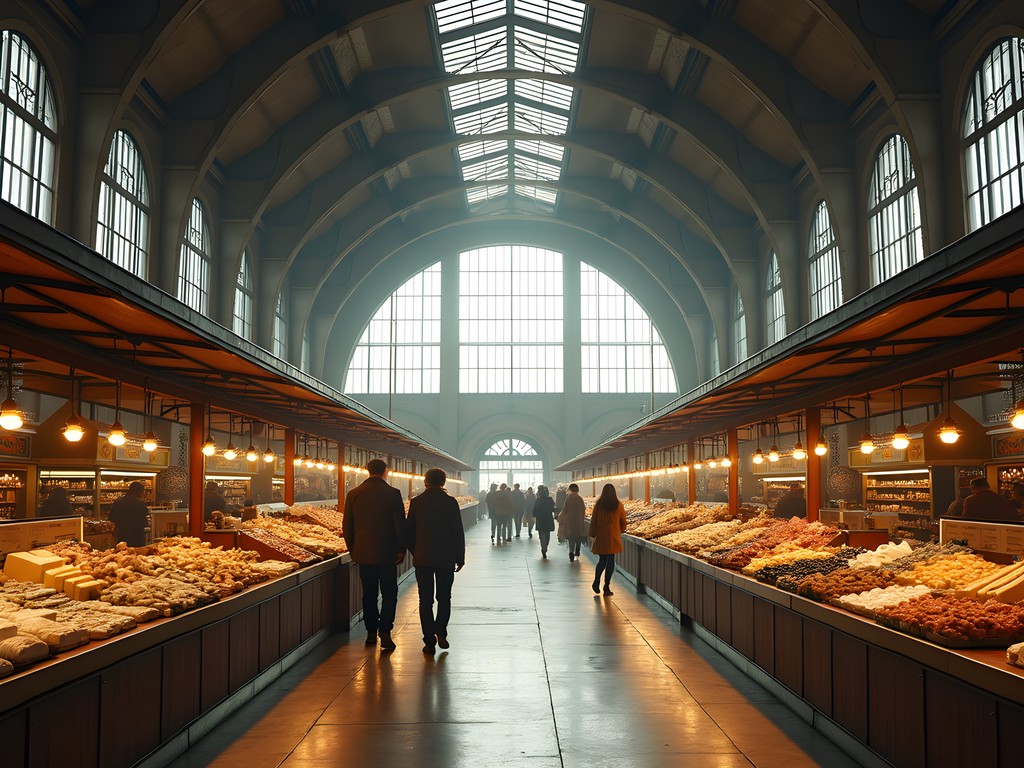
💡 Pro Tips
- Visit between 8-10am to see the market at its most authentic before tourist crowds arrive
- The fish pavilion is most active on Thursday and Friday when fresh catches arrive
- Bring cash in small denominations as many vendors don't accept cards or make change for large bills
Forest to Table: Latvia's Wild Food Renaissance
Perhaps the most surprising aspect of Latvia's culinary identity is its profound connection to the forest. With over 50% of the country covered in woodland, Latvians maintain a relationship with wild foods that most Western cultures have lost. This forest-to-table tradition is experiencing a renaissance in Latvia's contemporary dining scene.
At Valtera Restorāns in Riga, chef Valters Zirdziņš creates menus that read like a forager's diary. Our seven-course tasting experience featured pine needle oil drizzled over local trout, spruce tip vinegar accenting foraged greens, and birch sap granita that captured the essence of Latvian spring. What could have been gimmicky instead felt deeply authentic—a modern expression of Latvia's woodland heritage.
"We don't call this 'New Nordic' or try to copy trends," Valters explained when I asked about his philosophy. "This is simply how Latvians have always eaten—connected to the seasons and the forest. We're just presenting these traditions with contemporary techniques."
The next day, we participated in a guided foraging excursion in Gauja National Park, just outside Riga. Our guide, a botanist by training, showed us how to identify edible plants that appear in local cuisine: wood sorrel with its bright acidity, wild garlic carpeting the forest floor, and young fir tips that taste simultaneously of citrus and pine.
What made this experience particularly meaningful was understanding how these foraging traditions survived Soviet occupation when many cultural practices were suppressed. Our guide explained that the forest provided both physical and cultural nourishment during difficult times—a place where Latvian identity could be preserved through food traditions.
For travelers wanting to experience this aspect of Latvian cuisine, I recommend the field guide which, though focused on North American species, has many overlapping plants with Latvia and helps train your eye to spot edible opportunities. Just remember that foraging should always be done with knowledgeable guides in Latvia, as permits may be required in certain areas.
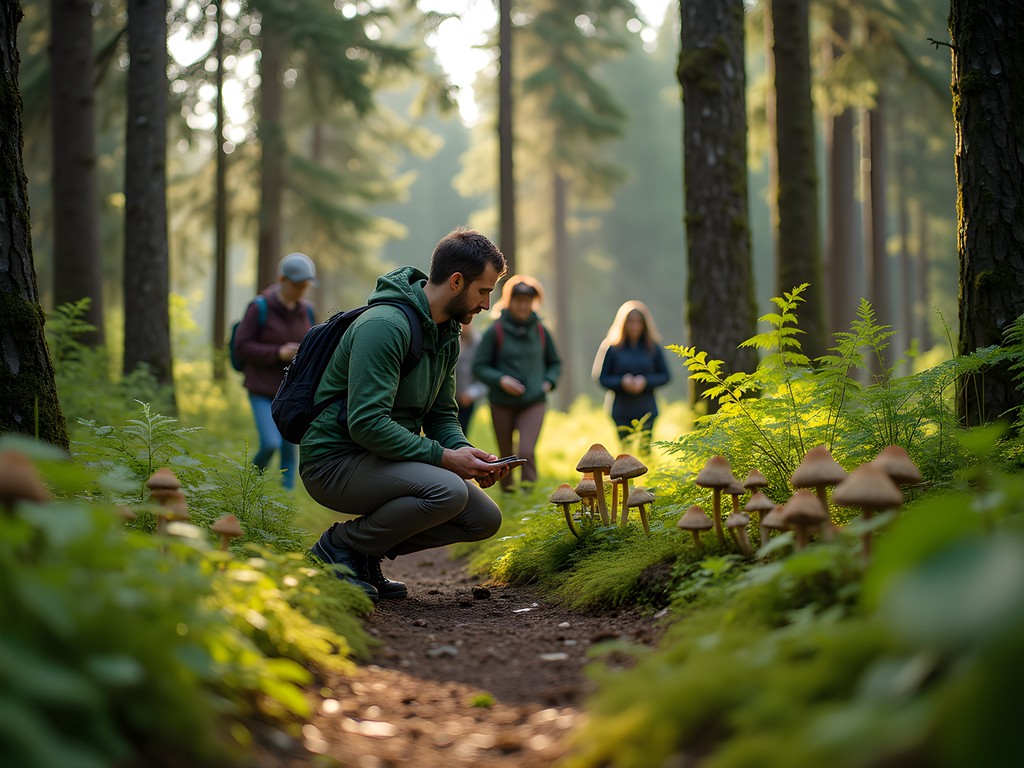
💡 Pro Tips
- Most upscale restaurants in Riga offer at least some foraged ingredients—ask servers about these items for the full story
- Book foraging tours at least 3 days in advance as they often fill quickly in summer
- Respect Latvia's strong sustainability ethos by only taking photos of rare plants, not specimens
Black Balsam: Latvia's Notorious National Drink
No culinary exploration of Latvia would be complete without confronting Rīgas Melnais Balzams (Riga Black Balsam)—a herbal liqueur that has both delighted and intimidated visitors since 1752. With its intimidating 45% alcohol content and distinctive black color, this bitter concoction contains 24 ingredients including valerian, wormwood, and ginger.
At Black Magic Bar in Riga's Old Town, we participated in a tasting session that revealed the balsam's versatility. While traditionally taken as a medicinal shot (Latvians claim it cures everything from colds to broken hearts), contemporary bartenders use it in creative cocktails that balance its intense bitterness with honey, berries, or cream.
The history of Black Balsam intertwines with Latvia's own complex narrative. When Catherine the Great fell ill during a visit to Riga, the story goes that Black Balsam cured her—cementing its reputation. During Soviet occupation, the recipe was carefully guarded as one of Latvia's cultural treasures. Today, it serves as both national symbol and acquired taste for visitors.
"The first taste is always a shock," our bartender laughed as she watched my expression after the initial sip. "The second is curiosity. By the third, you're beginning to understand Latvia."
She was right. By our final evening in Riga, I found myself appreciating the complex herbal notes that initially seemed overwhelming. The balsam had become a metaphor for Latvia itself—initially unfamiliar but rewarding deeper exploration.
For those wanting to bring this experience home, I recommend picking up a cocktail mixing kit to recreate some of the innovative Black Balsam cocktails we enjoyed. My personal favorite was the Black Balsam mixed with hot blackcurrant juice—perfect for chilly evenings back home in Philadelphia when I want to revisit my Latvian memories.
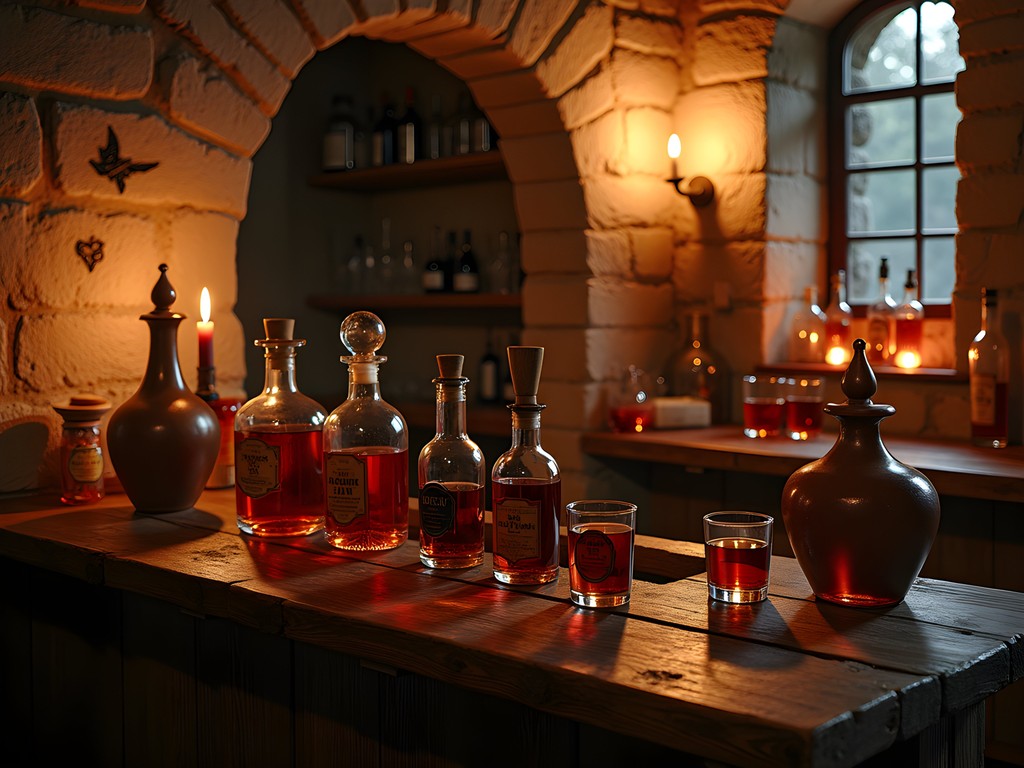
💡 Pro Tips
- Start with Black Balsam Currant variety if you're new to the drink—it's more approachable than the original
- Hot Black Balsam with honey and lemon is a local remedy for colds worth trying
- Visit the Black Magic Bar early in your trip to learn about proper serving traditions from knowledgeable bartenders
Final Thoughts
As our week in Latvia drew to a close, I found myself reflecting on how this overlooked Baltic nation offers precisely what thoughtful culinary travelers seek: authentic food traditions with deep cultural roots, a sustainable ethos that predates the trend, and flavors that simply can't be experienced elsewhere. From the medieval charm of Cesis to the dynamic food scene of Riga, Latvia tells its complex history through every fermented vegetable, foraged mushroom, and slice of dark rye bread. What began as a curiosity-driven journey became a profound education in resilience, sustainability, and the power of food to preserve cultural identity through challenging times. For travelers willing to venture beyond Europe's established culinary destinations, Latvia offers not just meals, but meaningful connection to place and people. As I share these Baltic flavors with my children through recipes brought home, I'm reminded again why culinary exploration remains the most immersive form of travel education available to us.
✨ Key Takeaways
- Latvia's cuisine reveals a deep connection to forests and seasonal cycles that predates modern sustainability movements
- Fermentation techniques preserved both food and cultural identity through Soviet occupation
- The best culinary experiences combine traditional foods with their historical context
- Riga's Central Market offers one of Europe's most authentic food market experiences
- Forest-to-table dining represents Latvia's culinary future while honoring its past
📋 Practical Information
Best Time to Visit
Summer (June-August) for optimal foraging and outdoor markets
Budget Estimate
$75-100/day excluding accommodations
Recommended Duration
5-7 days
Difficulty Level
Moderate


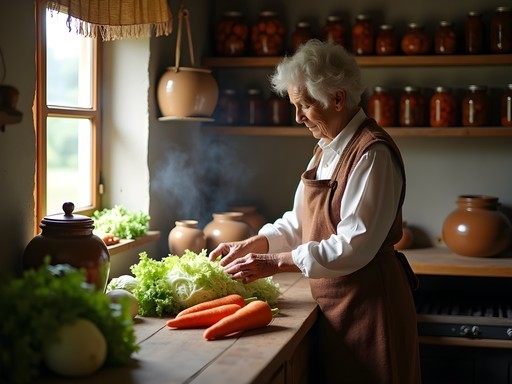
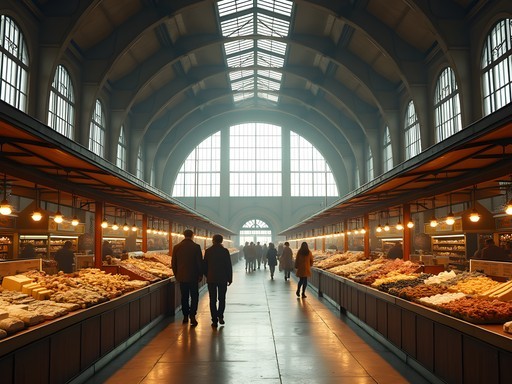
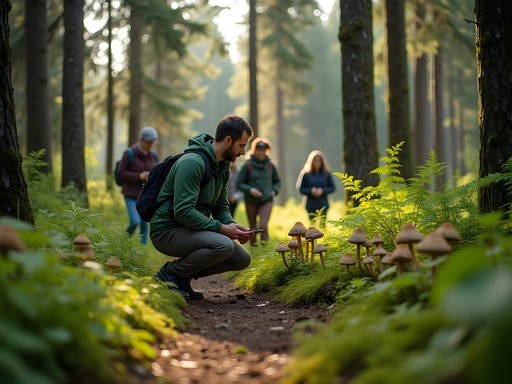
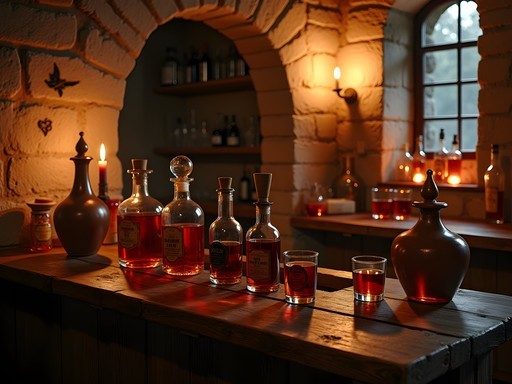






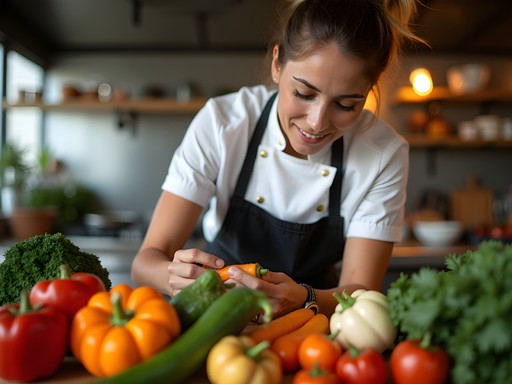

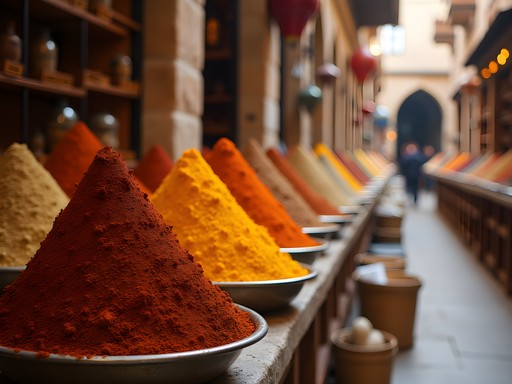
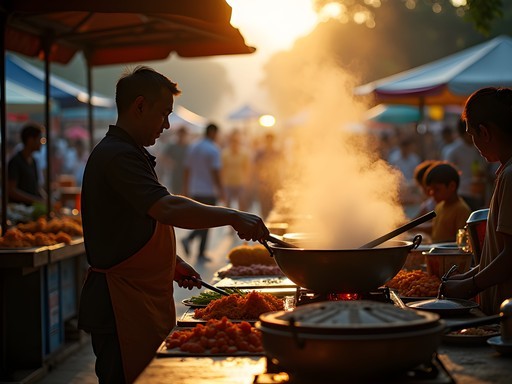
Comments
sunnyone
OMG those rye bread pics are making me hungry!!! 😍 The colors in your market photos are incredible too. Did you try the garlic bread crisps? I'm still dreaming about them!
foodie_traveler92
Those black bread ice cream photos are making me hungry! Added Latvia to my list!
vacationway
Going to Latvia in December! Will the Central Market still be good in winter? Any specific foods I should look for during that season?
Savannah Torres
The market is amazing year-round! In winter, look for smoked meats, pickled everything, and grey peas with bacon (a traditional Christmas dish). Also, the black balsam liqueur mixed with hot blackcurrant juice is perfect for cold days.
vacationway
Thanks so much! Can't wait to try the black balsam - heard so much about it!
latvian_explorer
As a Latvian, I'm so happy to see our food getting recognition! If you liked the fermentation traditions, next time try to find 'skābeņu zupa' (sorrel soup) in spring or 'maizes zupa' (sweet bread soup) for dessert. These are dishes my grandmother made that are harder to find in restaurants but represent true Latvian home cooking. I used my travel guide to show some American friends around last year and even found some places I didn't know about! The section on Cesis is especially good for finding those hidden local spots.
Megan Martin
This is such a refreshing take on Baltic cuisine! I visited Latvia on a business trip last spring and was similarly surprised by the sophistication of the food scene. The Central Market in Riga is truly a marvel - I spent hours wandering through the pavilions. Did you get a chance to try any of the seasonal wild mushroom dishes? The locals I met were absolutely obsessed with foraging season. I documented some of my finds in my travel journal which has been perfect for noting food discoveries.
Savannah Torres
Thanks Megan! Yes, we were lucky to be there during early chanterelle season. Our guide took us to a restaurant where everything on the menu featured foraged ingredients - the mushroom soup was life-changing!
summerfan
I never would have thought of Latvia as a foodie destination either! We visited Riga last summer but totally missed Cesis. The fermentation traditions sound fascinating - my grandmother used to make something similar with cabbage. Did you try any of the home breweries? We found this tiny place near our Airbnb that made the most incredible birch sap beer.
Savannah Torres
Yes! We visited a small brewery in Cesis that had been making kvass for generations. The birch sap drinks were incredible - so refreshing after walking around all day.
summerfan
That sounds amazing! Adding Cesis to my list for next time.
vacationbackpacker
Great post! How did you get between Cesis and Riga? Is public transportation decent or should I rent a car? Planning a trip for next month and trying to figure out logistics. Also, any specific stalls at Central Market you'd recommend not missing?
Savannah Torres
We took the train between Cesis and Riga - super easy, comfortable and cheap (about €3)! Runs every few hours. For Central Market, don't miss the pickle pavilion (sounds weird but trust me) and there's an amazing cheese stall in the dairy section run by an older woman who makes everything on her family farm. Look for the one with the blue checkered tablecloth!
vacationbackpacker
Perfect, thanks! Will definitely check out the pickle pavilion - sounds right up my alley actually!
winterclimber
Those forest mushroom dishes look amazing! Never thought about Latvia for a food trip but now I'm intrigued!
Savannah Torres
The mushroom hunting culture there is incredible! If you go in late summer or fall, you can actually join guided foraging tours where they teach you what's safe to pick and then cook everything you find. One of my favorite experiences!
Hunter Thompson
This is exactly what I've been trying to tell people about Latvia! I spent 10 days there last autumn and the food scene completely blew me away. That black bread in Cesis? Absolute game changer. Did you get a chance to try the smoked eel? I found this tiny smokehouse just outside Riga where the same family has been smoking fish for generations. And the Central Market is proper food heaven - I spent three days just eating my way through different stalls! Definitely one of Europe's most underrated food destinations. Your fermentation section brought back so many memories of kvass and sauerkraut experiments!
vacationbackpacker
Where was that smokehouse? Going to Riga in October and would love to check it out!
Hunter Thompson
It's called Kalnciema Zivju - about 15 mins outside the city center. Bit tricky to find but worth the journey! The family doesn't speak much English but they're super friendly.
summerlegend1594
Your section on forest foods has me intrigued! Did you go mushroom picking yourself or just try them at restaurants? Also, did you use a guide for any of your food experiences? Thinking of taking my partner there for our anniversary in December and would love recommendations for a food tour or cooking class!
Savannah Torres
We didn't forage ourselves (though locals told us autumn is amazing for that if you have a guide). We did take a fantastic food tour in Riga with Latvian Food Tours - our guide Ilze was incredibly knowledgeable about traditional foods and took us to places we never would have found on our own. For your anniversary, there's a cooking class at Restaurant 3 in Riga where you make traditional Latvian dishes with modern twists - super romantic setting too!
summerlegend1594
That cooking class sounds perfect for what we're looking for! Thanks so much for the recommendation!
Venture X
Premium card with 2X miles, $300 travel credit, Priority Pass